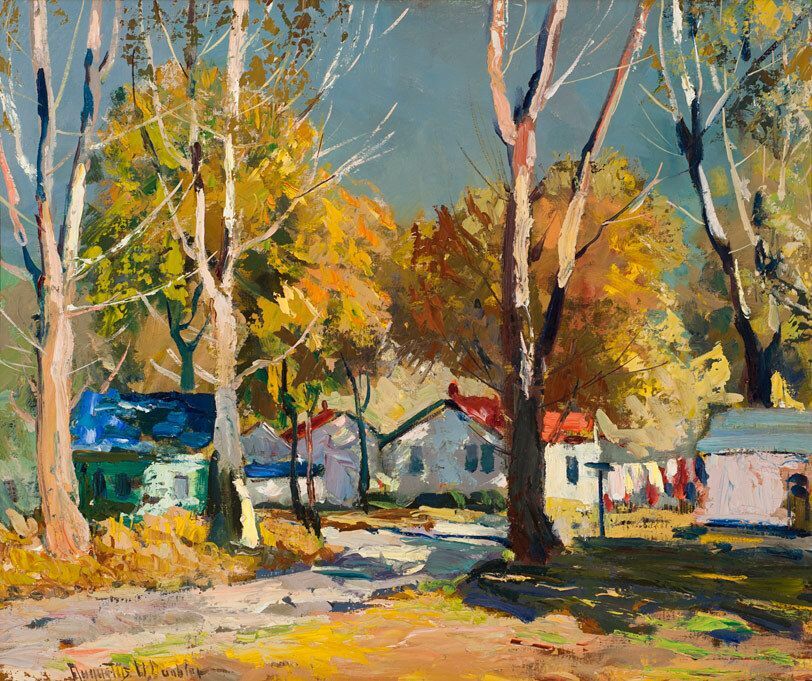In the Eye of the Beholder
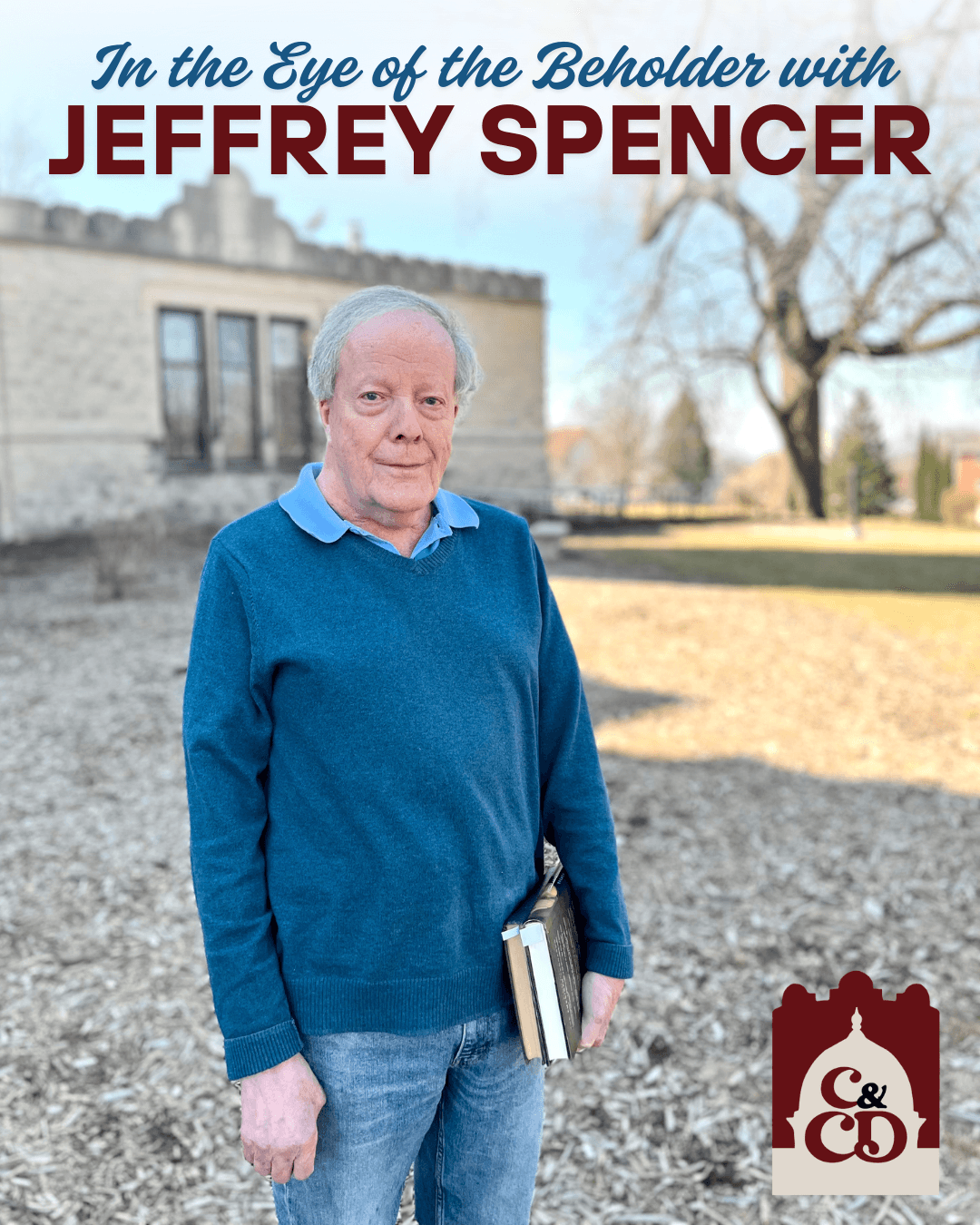
Join us in the Joslyn Castle & Gardens Carriage House for a monthly series with local author and historian, Jeffrey Spencer. Each month, Jeffrey will delve into the lives and work of the three Omaha art masters. As Omaha grew and developed, what was the significance of local artists and the appreciation of the fine arts?
These FREE events will be the last Thursday of each month beginning June through September. Doors open at 5:30pm, lecture begins at 6pm.
About the author:
Jeffrey Spencer has long been associated with numerous historical and community organizations in the greater Omaha area. A graduate of the University of Nebraska, he has lectured and written extensively on many aspects of local history. He has served as a Trustee of the Nebraska State Historical Society, President of the Trans-Mississippi Exposition Historical Association, Executive Director of the Historic General Dodge House Museum in Council Bluffs, Iowa; Director of the Library/Archives Center of the Douglas County Historical Society and as Executive Director of Landmarks, Incorporated (an organization involved with neighborhood redevelopment and historic preservation in Omaha. Currently, he is associated with Preserve Omaha, a local historic preservation group and is a member of their Board of Directors.
June 26: Truth is Often Stranger Than Fiction - The Omaha Leonardo

Art history, power, money and mystery converge in the story of a painting attributed to Leonardo da Vinci that was hidden away in Omaha for decades.
Please be our guest for "In the Eye of the Beholder" with Jeffrey Spencer, a monthly lecture series discussing the livesa and legacies of Omaha's art masters.
Where: Carriage House at Joslyn Castle & Gardens (3902 Davenport Street, Omaha, NE 68131)
When: Thursday, June 26 from 6pm-7pm (doors open at 5:30pm)
What: A FREE all ages event
July 31: "An Undoubted Master" The Life and Work of J. Laurie Wallace
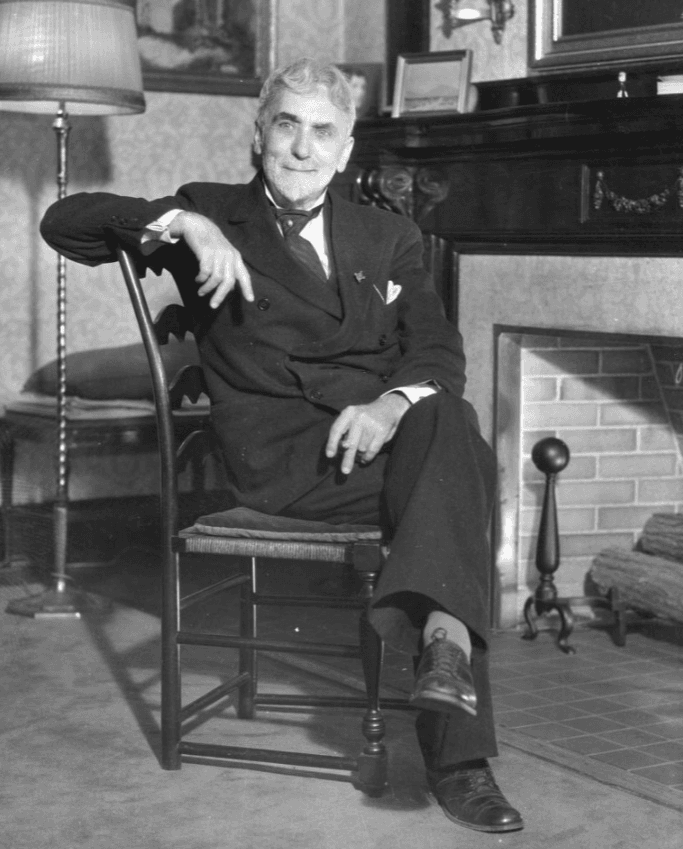
J.Laurie Wallace studied at the Pennsylvania Academy of Fine Arts in Philadelphia under Thomas Eakins. Eakins considered Wallace his favorite student, and by 1881 he had become one of Eakins’ assistants at the Academy, holding the position of Chief Demonstrator of Anatomy. During this time, Wallace also posed for many of Eakins’ greatest works. He taught at the Art Institute of Chicago and exhibited at the World’s Columbian Exposition. Wallace came to Omaha, Nebraska in 1891, as Director of the Western Art Association. Although sometimes unhappy in Omaha, he remained there the rest of his life held by “the bills people owe me and the beauty of the Missouri River Valley.”
August 28 - "Omaha's Renaissance Man" Robert F. Gilder
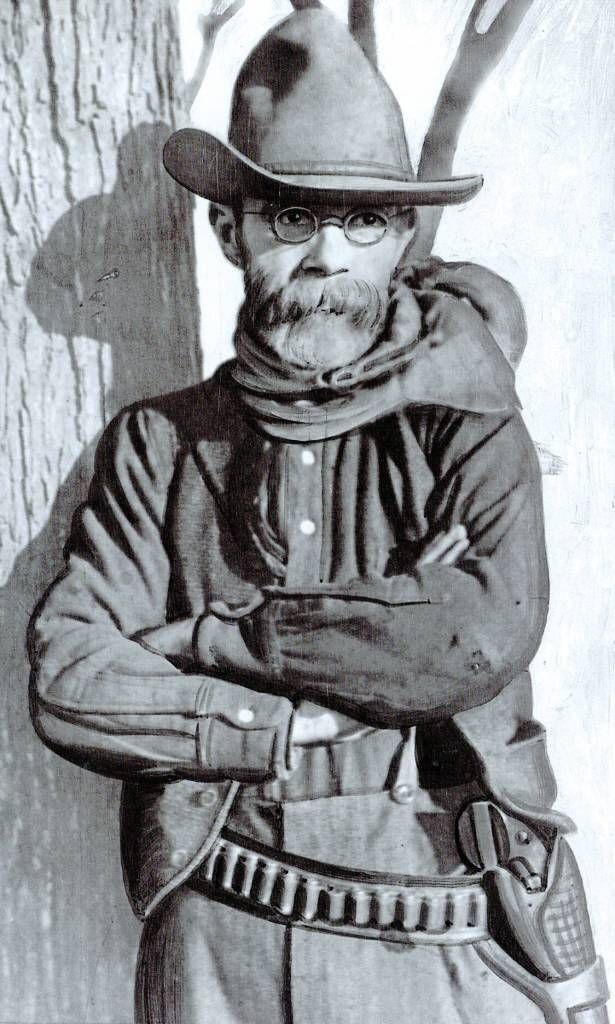
Gilder began studying art in New York with August Will and after arriving in Omaha in 1887 he became a student of J. Laurie Wallace. Gilder’s early career was as a journeyman printer for several Omaha newspapers but after his retirement in 1919 he devoted his full attention to his avocations of painting and archaeology. In 1906 he discovered “Loess Man”, considered at the time to be the earliest remains of the inhabitants of America. He later served as chief archaeologist of the University of Nebraska Museum for 12 years. He made many trips to the Southwest both for archaeological work and for inspiration for his paintings. However, his beloved Nebraska was always his primary source of subject matter. In 1916, Gilder built a studio-home called “Wake Robin” in a wooded spot in Bellevue. He used this as a primary residence until his death and the house appears in many of Gilder’s paintings as well as those of his friend, Augustus Dunbier.
September 25 - "Nebraska Impressionist" Augustus W. Dunbier
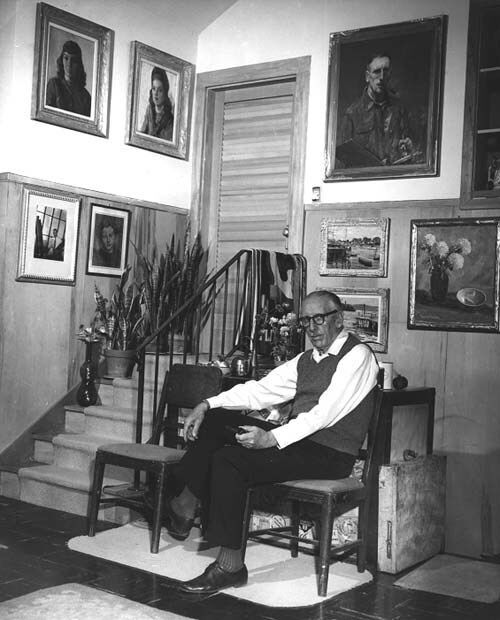
Dunbier’s career from 1915 to 1977 was one of the longest uninterrupted art careers of any Nebraska painter and he was an important teacher to his peers and the next generation of Nebraska artists. One can still see the influences of Augustus Dunbier in the work of many Nebraska painters today. He died on September 11, 1977 at age 89 in Omaha.

